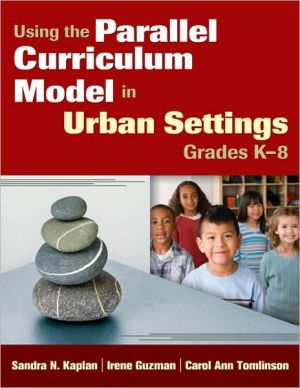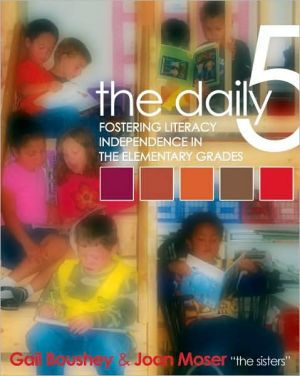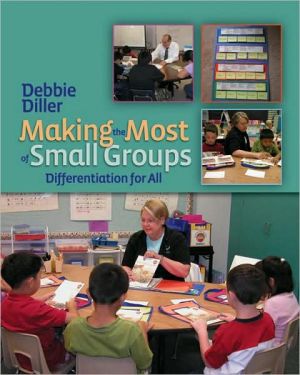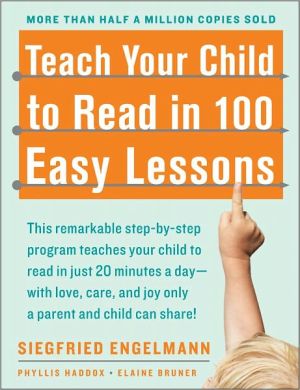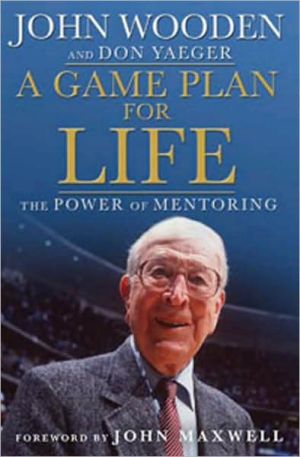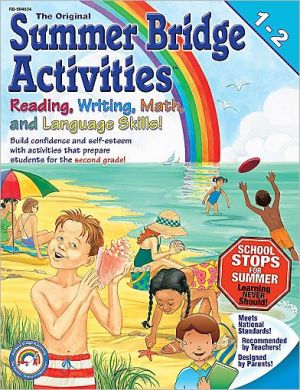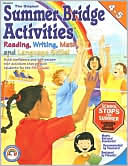Using the Parallel Curriculum Model in Urban Settings: Grades K-8
Discover how the Parallel Curriculum Model can help urban students achieve!\ Teachers in urban schools often find that their students have learning needs that go beyond a standards-based curriculum. Originally developed for gifted learners, the Parallel Curriculum Model is highly effective for helping students of all backgrounds reach new levels of achievement. This book presents a high-quality curriculum that builds key learning skills for academic success for students of diverse cultural...
Search in google:
Discover how the Parallel Curriculum Model can help urban students achieve!Teachers in urban schools often find that their students have learning needs that go beyond a standards-based curriculum. Originally developed for gifted learners, the Parallel Curriculum Model is highly effective for helping students of all backgrounds reach new levels of achievement. This book presents a high-quality curriculum that builds key learning skills for academic success for students of diverse cultural and socioeconomic backgrounds.Easily taught alongside a regular curriculum for Grades K 8, this hands-on resource focuses on student potential in four areas: as scholars, active classroom participants, self-advocates, and articulate presenters. Educators will learn how to forge connections between standard curriculum content and the personal traits that students need to thrive in school and beyond. Readers will find:An enriched, multidisciplinary curriculum for developing resiliency, self-motivation, and collaboration skills in urban youth Sixteen field-tested and ready-to-use lesson plans and related reproducibles Thought-provoking questions and interactive exercises that promote critical and creative thinking and classroom discussion Mentor your students in developing lifelong skills for learning and success through a holistic approach that challenges and inspires.
Preface: Bridging the Gap Acknowledgments About the Authors Introduction: The Purposes of the Parallel Curriculum Model Multiple Applications and the Parallel Curriculum Model Flexibility of the Parallel Curriculum Model Structure of the Parallel Curriculum Model Responding to Student Diversity With Curriculum Diversity Urban Classroom Dynamics Developing an Academic Skill Set Introduction to the PCM Focus Lessons Lesson Plan Format Implementing the Lesson Plan Lesson Plan Scheduling Depth and Complexity1. Scholarly Dispositions Lesson A: Developing an Interest (I) Lesson B: Developing an Interest (II) Lesson C: Developing Tenacity Lesson D: Determining Relevance Lesson E: Confronting Failure Lesson F: Intellectual Strengths Lesson G: Receptivity to Experience2. Participation Skills Lesson A: Questioning Lesson B: Asking for Clarification Lesson C: Restating Lesson D: Acknowledging Peers3. Self-Advocacy Lesson A: Establishing a Voice Lesson B: Building Confidence Lesson C: Establishing an Identity Lesson D: Multiple Group Membership4. Presentation Skills Lesson A: Talking Steps Lesson B: Ways to Say It Lesson C: Engaging the Audience Lesson D: Staying on Target Appendix A: Designing Curriculum Using the Parallel Curriculum Model Appendix B: Teaching the Prompts of Depth and Complexity References Index
